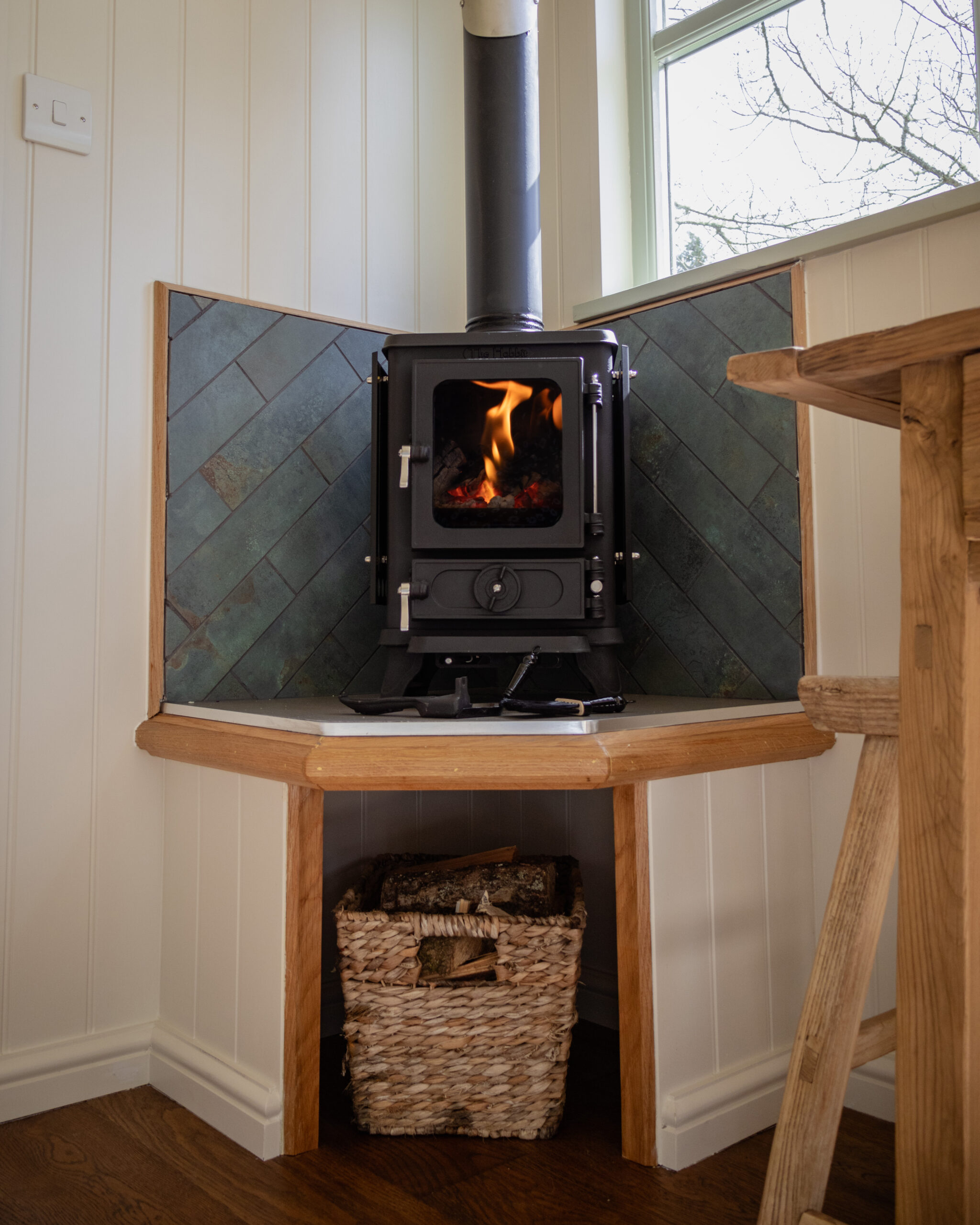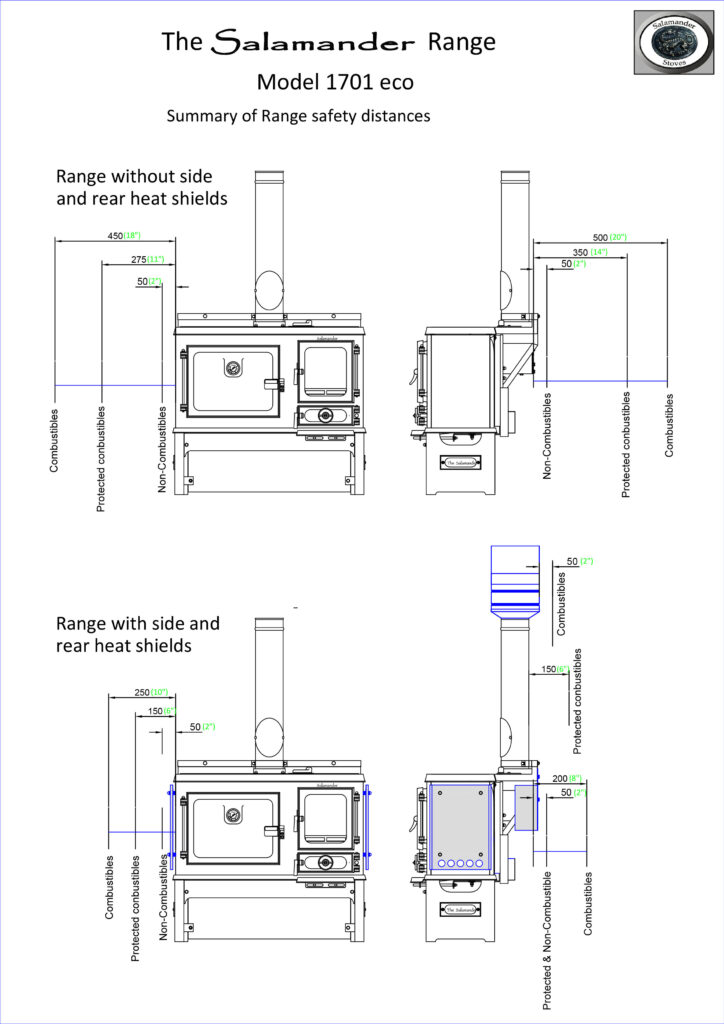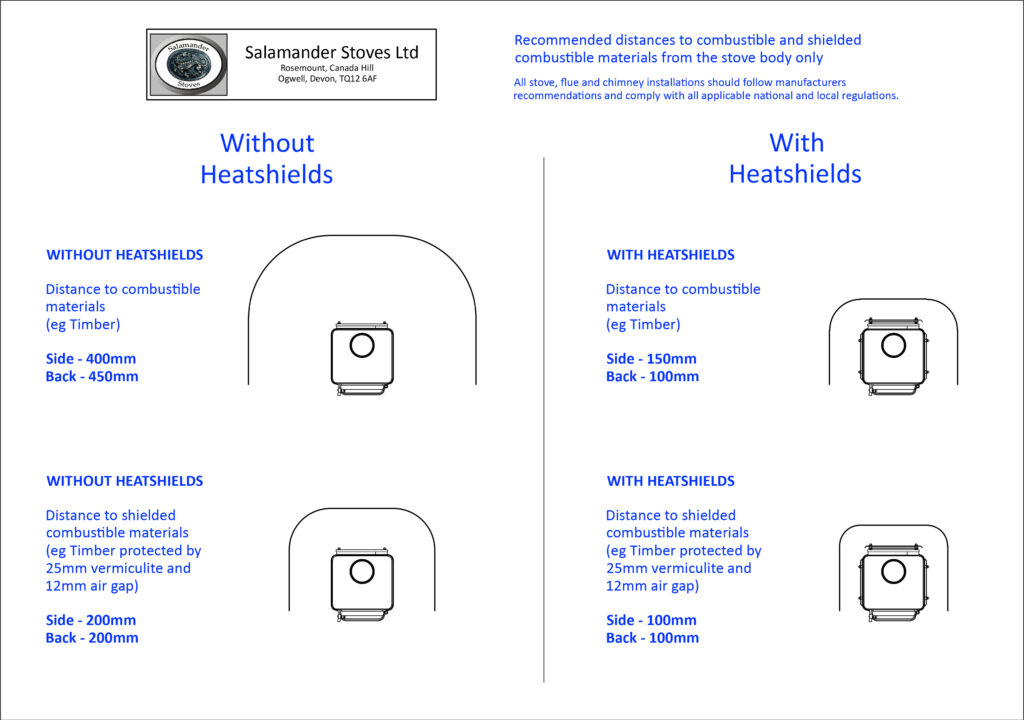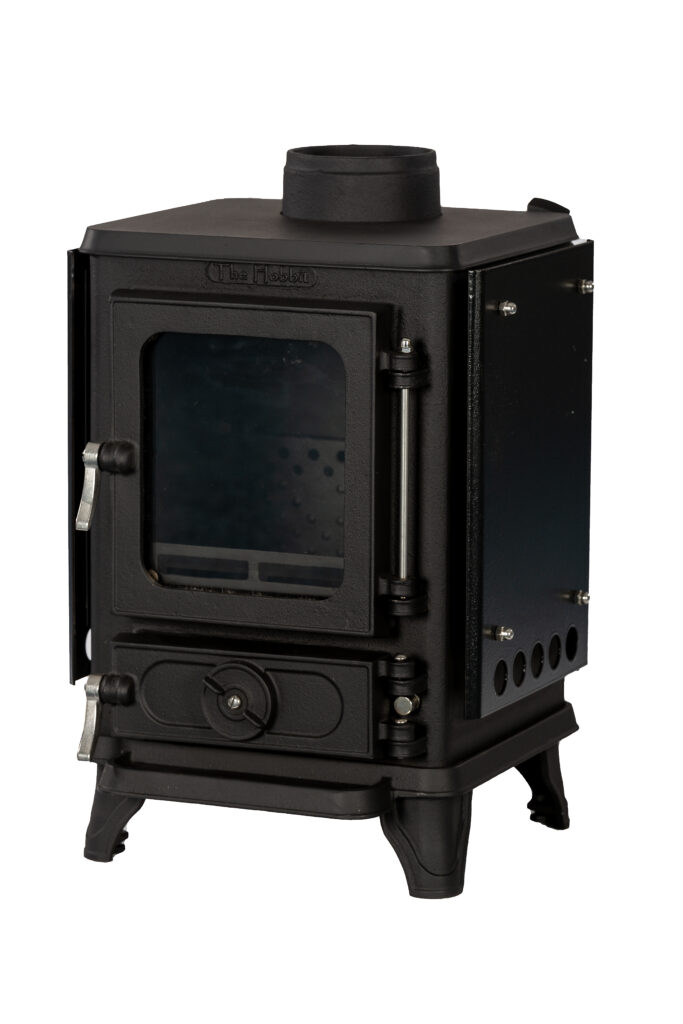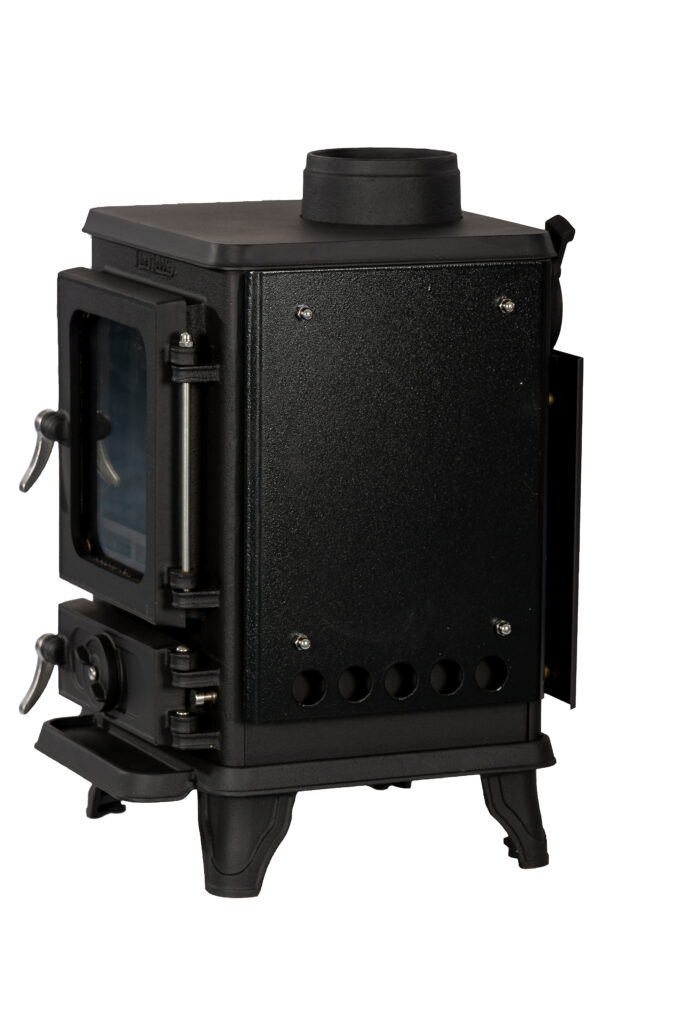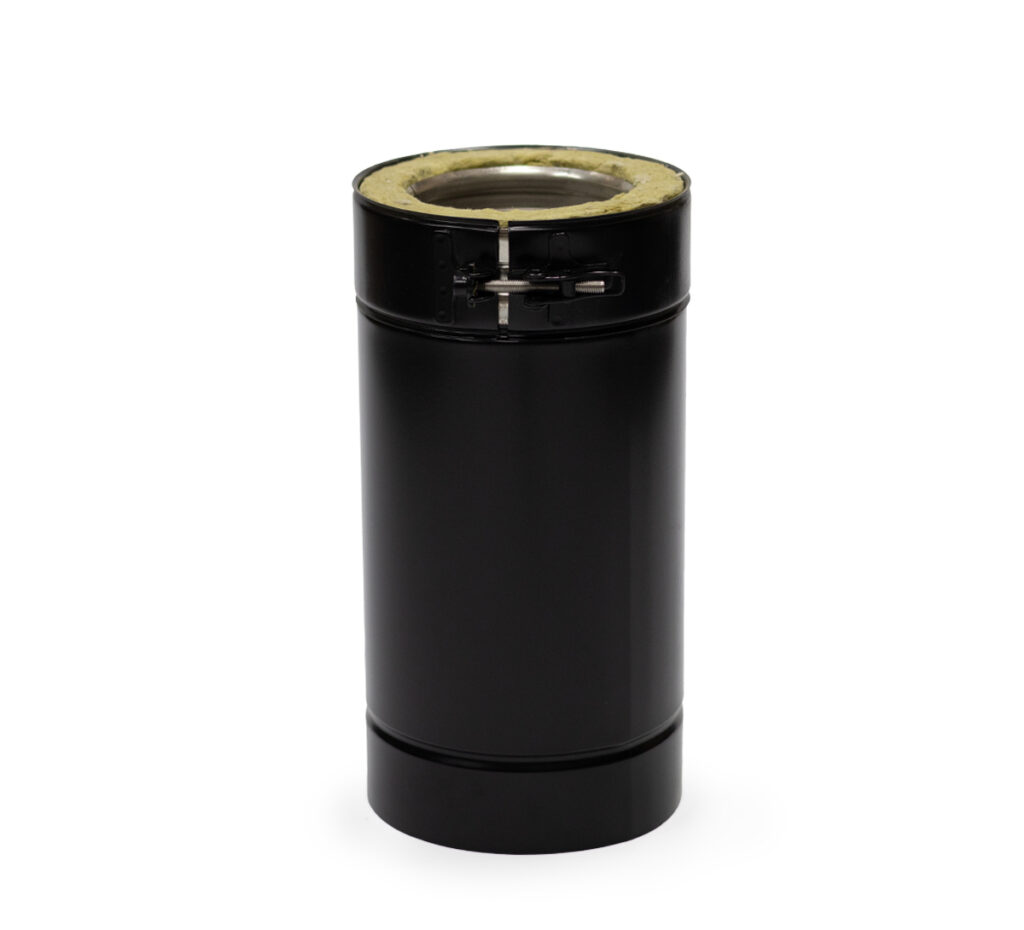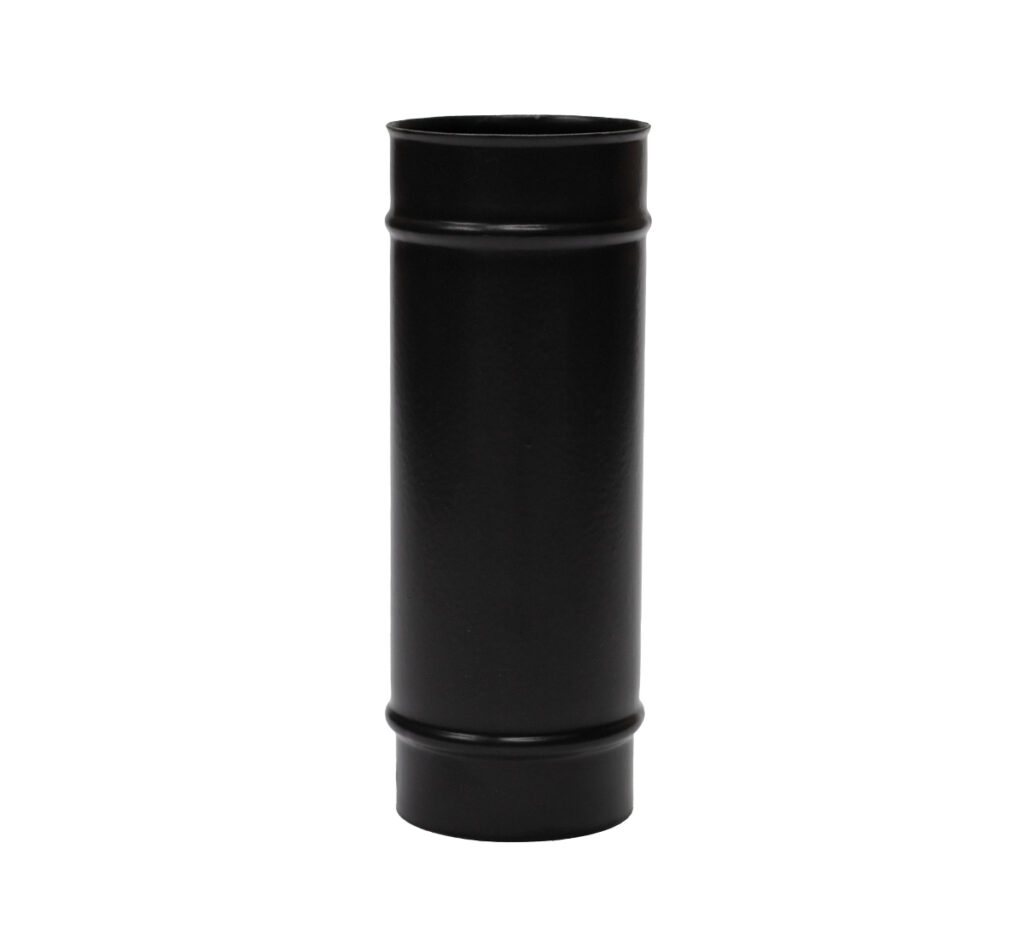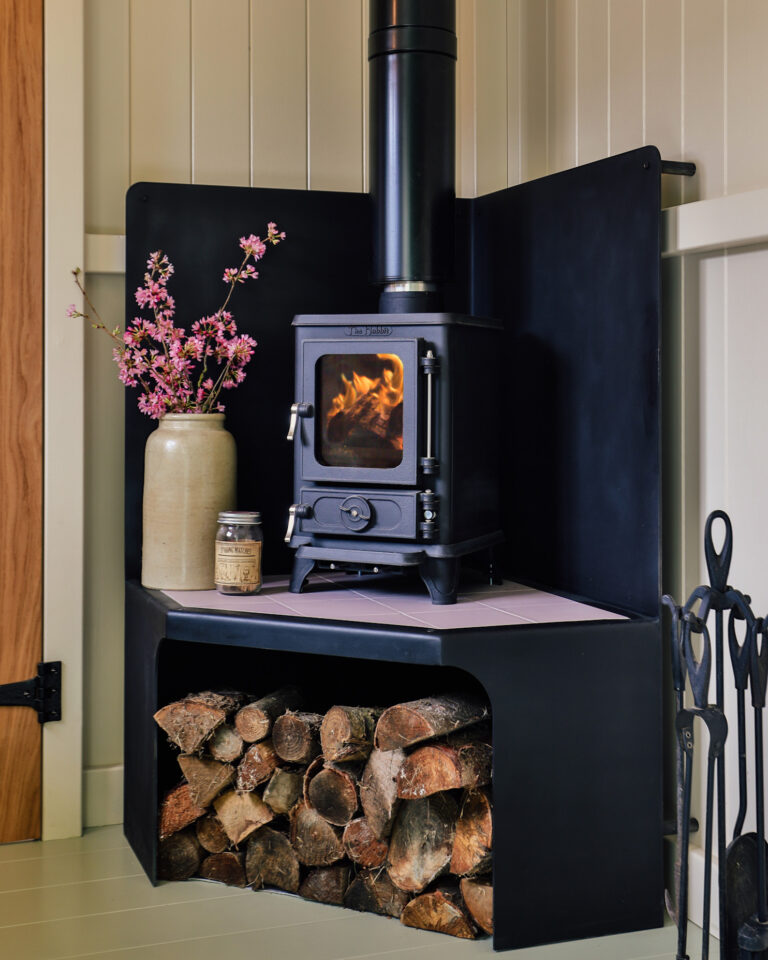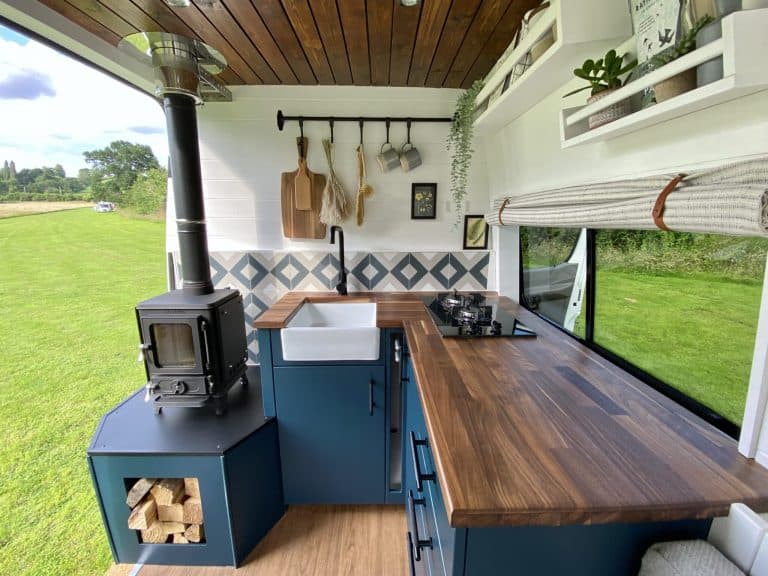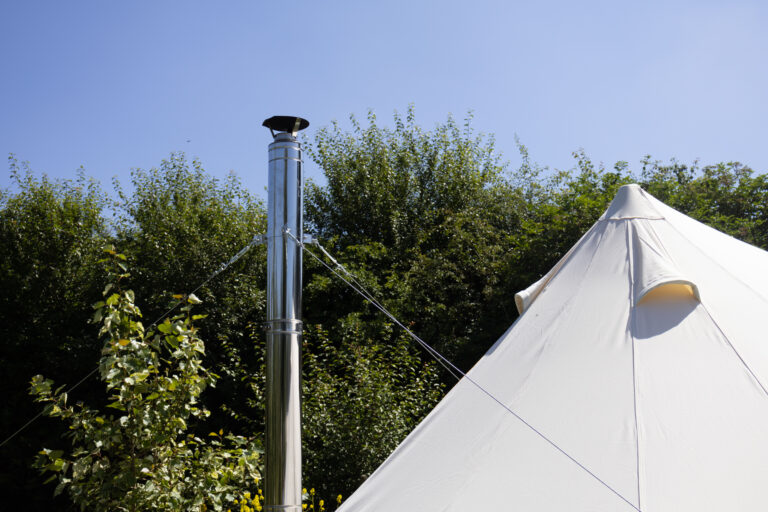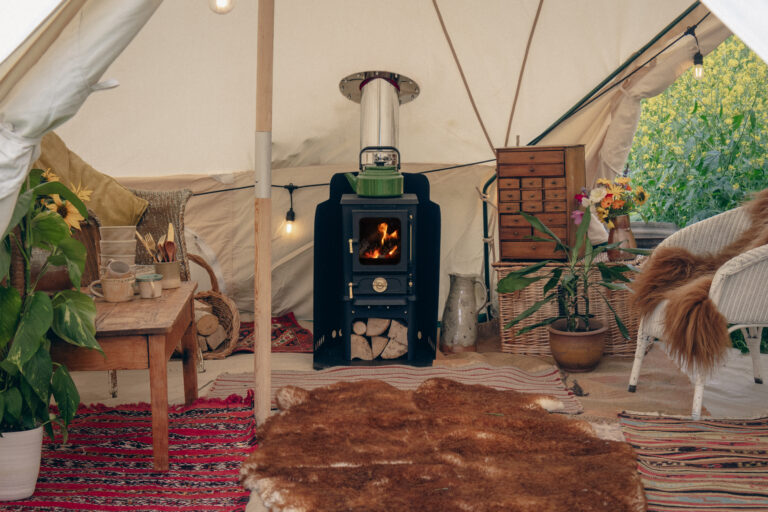How Much Room Do You Need Around a Small Wood Burner?
If you’re planning to install a stove, it’s important to know exactly how much room around a small wood burner you’ll need. While everyone loves sitting back and watching the cosy flicker of a wood fire, safety regulations are there for good reason. Your stove can reach several hundred degrees Celsius! Placing it too close to walls, furniture, or other surfaces could be dangerous.
However, figuring out the correct clearances and room around a small wood burner isn’t always straightforward. Official guidelines can be confusing, overwhelming, and, let’s face it, a bit dull to read. That’s why we’ve done the hard work for you. In this article, we’ll clearly explain how much room you need around a small wood burner, so you can enjoy the warmth and charm of your stove safely and confidently.
Main Points to Consider
- The distance between your small wood burning stove and any combustible materials.
- The distance between your small wood burning stove and any shielded combustible materials
- The distance between your small wood burning stove and any non-combustible materials.
- The size of your hearth.
- How your flue pipes are going to be arranged and the distance between the single or twin wall flue pipes.
In this article, we’ve also suggested a few solutions to help you install your small wood burning stove into an especially small space! If you don’t have much room around your small wood burner, then it’s definitely worth taking a look at our heatshield options, and our custom off set kit for your flue pipes.
How Much Room Do You Need Around a Small Wood Burner – Combustible Materials
Firstly, the distances that you’ll need to maintain between your small stove and any combustible materials, such as wood, are probably the most important thing you’ll need to consider. Your tiny wood burner shouldn’t be positioned too closely to any combustible surfaces, as the stove itself can get very hot.
Clearance requirements can vary between stove brands and models. For our Hobbit Stove, you’ll need at least 400mm of space on each side and 450mm at the back between the stove and any combustible material.
For The Little Range Cookstove, the required clearances are slightly greater: 450mm to the sides and 500mm at the back from any combustible surface.
How Much Room You Need Around a Small Wood Burner – Shielded Combustible Materials
If you’re looking to install your small wood burning stove into a small space such as a cabin, shed, shepherd’s hut or vanwhich has wooden walls or cladding, then you can also shield this combustible surface so that your small wood stove can be installed into a tighter space.
You can achieve this by fitting some fireproof boarding or hardiebacker board onto your wooden surface. Either material is fine as long as it’s at least 25mm thick. This can be positioned in front of your wooden surface by using some spacers on a 12mm air gap. If you are using metal or steel, this will need to be 1.5mm thick on a 25mm air gap.
For our Hobbit Stove, you’ll need at least 200mm of space on each side and at the back between the stove and any shielded combustible material. The Little Range Cookstove, you’ll need 275mm to the sides and 350mm at the back from any shielded combustible surface.
Optional Extra – Small Stove Heatshields
Do you need to reduce your distances as much as you can? Then you can choose to add heatshields to The Hobbit or The Little Range Cookstove. These extras are incredibly useful if you’re looking to install your small wood stove into a particularly tight space. By equipping your small wood burning stove with heatshields at the sides and at the back, you will greatly reduce the amount of room that you need to maintain.
With heatshields on The Hobbit Stove, it can be positioned 150mm on each side and 100mm at the back between the stove and any combustible material. If you are shielding your combustible walls and adding the heatshields, the distance from the sides can be reduced even more to 100mm.
With heatshields on The Little Range Cookstove, it can be positioned 250mm to the sides and 200mm at the back from any combustible surface. If you are shielding your combustible walls and adding the heatshields, the distance can be reduced even more to 150mm on each side and 50mm to the back.
It’s worth noting that these distances are measured from the body of the stove itself, rather than from the heat shields. So this option really enables you to squeeze your small wood stove that bit closer to your walls, without compromising on safety.
If you’ve already purchased a stove and you’re looking to move it somewhere where there won’t be as much room around your small wood burner, then our heatshields can be retrofitted to your existing stove. Please feel free to contact us, so that we can talk you through the process of fitting them.
A Small Stove in a Small Fireplace
If you’re fitting your small wood burning stove into a small fireplace, then you might need to pull your stove out of the recess slightly to ensure that you have a good flow of air around your stove. You can check out our fireplace installation document for more information about fitting your small wood stove into a fireplace. This document will also show you the clearances that you will need to maintain. You’re also more than welcome to email us a photo of your fireplace with some measurements, and then we can advise you on how a Hobbit stove or a Little Range Cook Stove can be installed into your fireplace.
Hearth Space
Your small wood burning stove is going to need to be placed on a hearth. Your hearth will need to meet certain specifications in order for it to comply with the regulations – our small wood stoves have to be placed on a hearth which is made out of a non-combustible material that’s at least 12mm thick, and it needs to measure 225mm from the front of the stove door. We would also recommend you to have at least 150mm of hearth space at either side of your small wood stove.
This is known as a non-constructional hearth, and this can be used for both the Hobbit Stove or our Little Range Cookstove. Below are some examples of materials you could use for a hearth:
- Glass
- Slate
- Metal sheeting
- Concrete
- Patio tiles
- Marble
Flue Pipes – Distances to Combustibles
After you’ve figured out how much room you’ll need to have around your small wood-burning stove, you’ll also need to consider how your flue system is going to be arranged, as this will also determine where your small wood stove can be situated. This is because there is a certain amount of room that you will need to maintain around your flue pipes too.
Our single wall vitreous enamel flue pipes by Midtherm can be positioned 3 times their diameter away from combustible surfaces, and 1.5 times their diameter from non-combustible surfaces. This means that if you’re using flue pipes with a 100mm/4” diameter, then these pipes can be positioned 300mm away from combustible materials and 150mm away from non-combustible materials.
On the other hand, twin wall insulated flue parts can be positioned just 50mm away from combustible materials, as these components are well-insulated. If you find that a single wall flue system would not be possible due to the space that you will need to maintain between your flue parts and any combustible or non-combustible surfaces in your room, then substituting these parts with twin wall flue components might solve this problem!
We’ve designed a wide range of installation kits for your small wood burning stove, so that you can get your tiny wood burner installed quickly and easily, regardless of whether you’re looking to install it into a shed, Victorian fireplace, a campervan, shepherd’s hut, tiny home, garden room, or a canal boat! Most of our flue kits exit your small wood burning stove in a single wall flue, but there are also some twin wall flue kits and wall exit kits to fit almost any type of installation.
If you would like to arrange your flue kit differently, or if you have any questions when it comes to installing your Hobbit Stove or Little Range Cookstove, then please do not hesitate to contact us! We offer a free bespoke flue consultancy.

